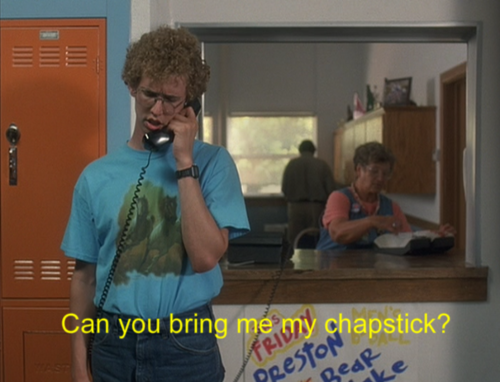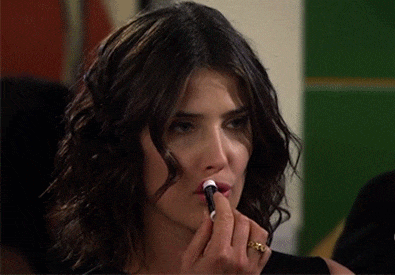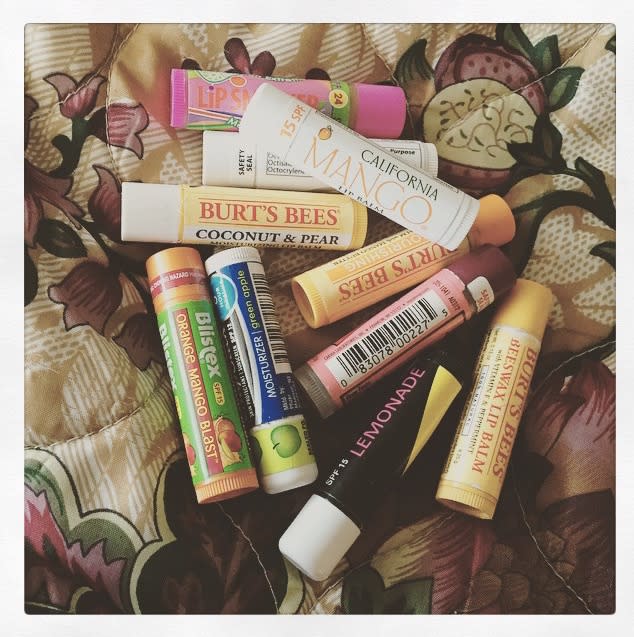Does Chapstick Actually Work or Is It Just Addictive?
In 40 B.C., Cleopatra and the Pharaohs of Ancient Egypt were the first to use a form of lip balm, applying beeswax on lips and using it in cosmetics (#trendsetters). Fast forward a couple thousand years, and lip balm has come far. The soothing salve began appearing in tubes in 1912 (goodbye, tins) and even played a sneaky role in the Watergate Scandal of 1972, where microphones were concealed in tubes of ChapStick. In 1997, the urban myth that lip balm may be addictive began to circulate, and even today, it’s still a hot topic.
So how does lip balm work, exactly? Let’s break it down. When you swipe on a layer of your favorite chapstick, you might think that you’re adding moisture to your dry, cracked lips. However, your lip balm actually contains wax or petrolatum that creates a watertight barrier, preventing your internal skin moisture from evaporating or escaping from the surface of your lips. This, in turn, softens and moisturizes them.
But what about those times when your lip balm no longer seems be “working”? We’ve all experienced that feeling when you apply chapstick repeatedly throughout the day, but it doesn’t seem to absorb, merely sitting on the surface of your dry, scaly lips (most uncomfortable feeling ever). This happens because the bottom layers of your lips naturally produce new skin cells, which die and dry out before eventually getting to the top layer.
When you apply lip balm to the dry skin on the surface of your lips, it interferes with the signals that prompt lower layers to produce more cells. When the lip balm wears off, the skin doesn’t have enough turnaround to replenish the cells. Many times, more and more lip balm is needed to keep lips moist, resulting in a vicious circle of lip balm application. Additionally, certain chemicals found in lip balms make chapping worse with every use.
So, how can we prevent chapped lips? The answer lies in something many people (including myself) need to do more of — drink water. Stay hydrated and guzzle that H2O. Use a humidifier at night to moisten the air you breathe in. Use a lip balm with SPF if the sun is what’s getting you. And above all, do not lick your lips (we’re all sinners here). Our saliva contains enzymes that are meant to digest the delicious hamburger we had for dinner, not to moisturize some of the thinnest skin on our bodies. Repeated licking leads to the lips drying out faster, which is not what we want at all.
So what’s the consensus? Does Chapstick actually work? Is it addictive?
Here’s the takeaway: wearing lip balm isn’t addictive in the sense that it has addictive substances like the nicotine in cigarettes or the alcohol in drinks, but it is psychologically addictive, where routine applications are habit-forming. As for if it works — it does when you actually need it, but unnecessary overuse can be ineffective. Just remember that moderation is key, people.
Here are some more things you might have an unhealthy addiction to:




